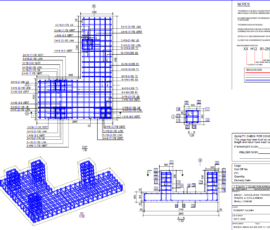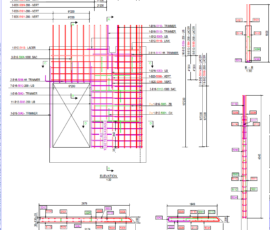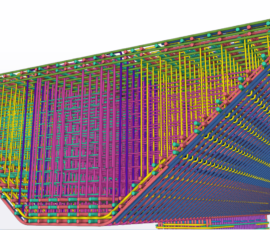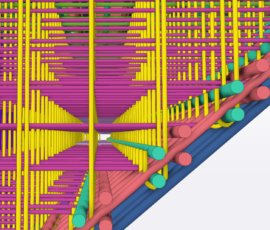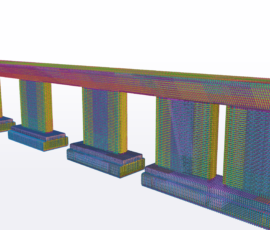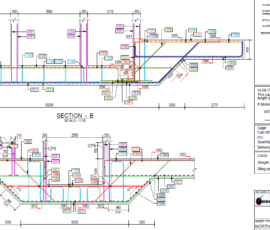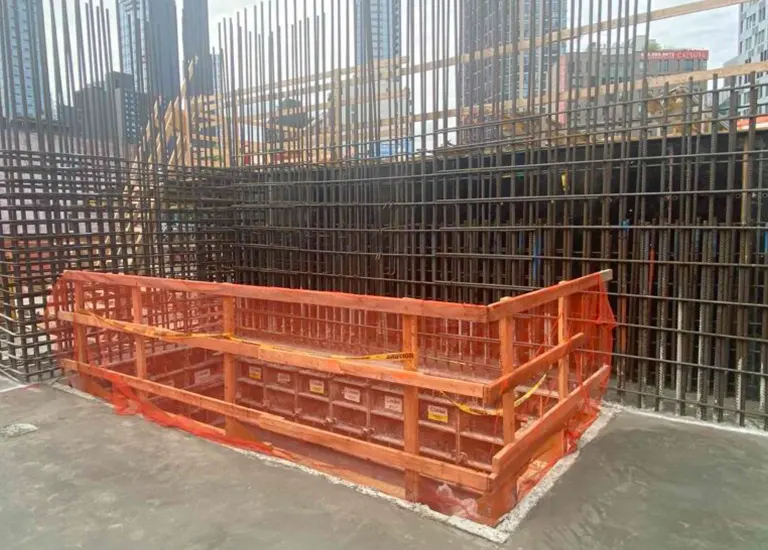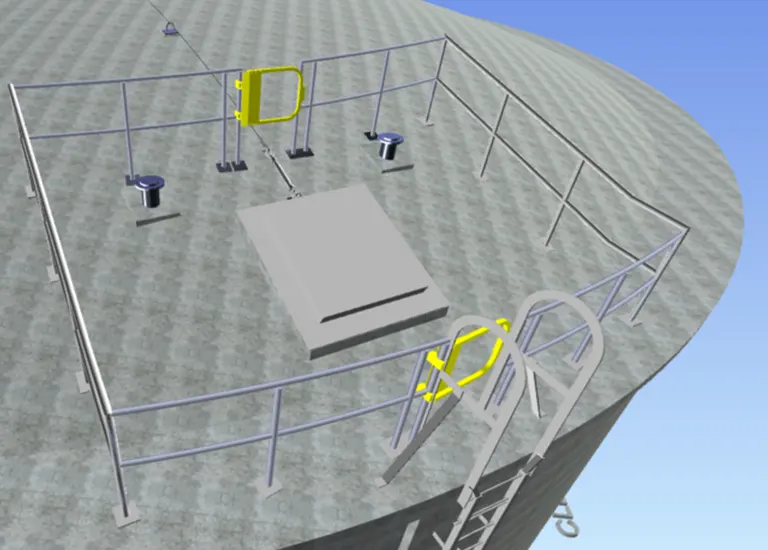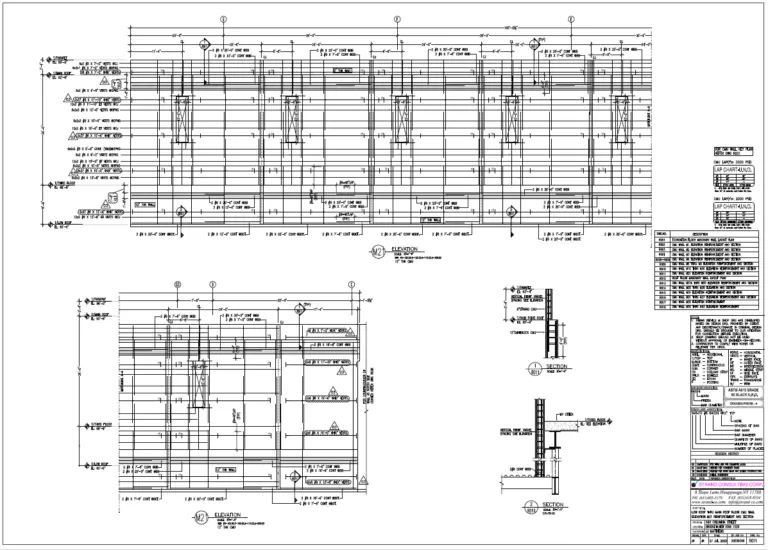- Detailing constructible link from virtual to the real world!
Close
Document Management
The construction industry is known for its complexity and the vast amount of documentation that accompanies every project.
From blueprints and permits to contracts and invoices, managing construction documents efficiently is critical for project success. Traditional paper-based document management methods are time-consuming and prone to errors. In today’s digital age, construction companies must embrace modern document management solutions to stay competitive and ensure seamless project execution.
What is Tekla BIM?
Tekla BIM is a comprehensive Building Information Modeling (BIM) software. solution that empowers architects, engineers, contractors, and other stakeholders to work collaboratively on a shared digital platform. It brings together the disciplines of design, analysis, detailing, and project management, creating a unified ecosystem that enhances decision-making and project outcomes.

Steps to do Document Management
- Architecture Drawings
- Structural Drawings
- MEP Drawings
- Civil Drawings
- SOE Drawings
- Site Work Drawings
- Submittal - Rebar Drawings
- Submittal - Steel Drawings
- Submittal BIM-2D Drawings
- Submittal - Precast Drawings
- Submittal - Masonry Drawings
- Addendum Set
- Bulletin
- RFI
- Change Order
- Placing log
General Arrangement & Erection Drawings

Document Proliferation
Construction projects generate a massive volume of documents, making it challenging to keep track of revisions, versions, and updates.

Collaboration and Communication
Construction projects involve various stakeholders, and effective collaboration and communication are essential. Inefficient document sharing and communication can lead to costly delays.

Regulatory Compliance
The construction industry is subject to numerous regulations and standards. Ensuring compliance can be burdensome without proper document management.
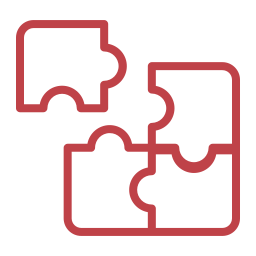
Data Security
Construction documents often contain sensitive information, and maintaining data security is crucial to protect against breaches and leaks.
General Arrangement & Erection Drawings
- Preliminary submission drawings for equipment verification, orientation and integration
- Layout Drawings and Framing Plans with several views in one drawing
- Elevation drawings showing all external and internal walls
- Foundation Plan and Anchor Bolt Plan
- Stability calculations for wind load
- Floor Plans, Joint Reinforcement, Reinforcement Plan and Bar Bending Schedules
- Assembly Drawings, Single Part Drawings, Multi Part Drawings, Bolt & Weld Lists
- Ensure heights, overall dimensions, and equipment locations are appropriate.
Production & Shop Drawings
- Consistent Precast Elements drawn with the Tekla/Revit/AutoCAD.
- Section Drawings, HVAC Ducting & Equipment Layout, Single Services Drawings
- Elements such as sandwich walls, solid walls,
- Pre-stressed or Normal Reinforced solid slabs and beams
- Balcony slabs, Hollow core slabs, Double T slabs, and Form/Filigree
- Double Twin walls, Inverted T or Ledge beams/girders, stair flights and landing slabs
- - Modelling and requisite Data to run the operations with software
Benefits of Document Management
Solutions for Construction
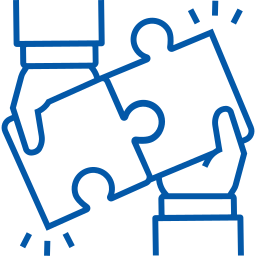
Centralized Document Repository
Store all project-related documents in a centralized, secure digital repository accessible from anywhere. This simplifies document retrieval and eliminates the risk of losing vital paperwork.
Version Control
Easily track document revisions and maintain a history of changes. This ensures that all team members are working with the most up-to-date information.
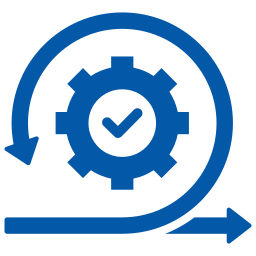
Real-time Collaboration
Facilitate real-time collaboration among project stakeholders. Multiple users can review, edit, and comment on documents simultaneously, enhancing communication and productivity.
Document Search and Retrieval
Quickly search and retrieve documents using keywords and metadata tags. Say goodbye to hours wasted searching through paper files.
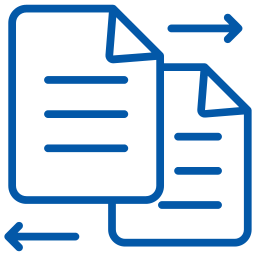
Workflow Automation
Streamline document approval processes and workflows, reducing manual tasks and accelerating project timelines.

Enhanced Security
Implement robust security measures to protect sensitive construction data. Control access levels, encrypt documents, and establish audit trails to monitor document activity.
Mobile Accessibility
Access project documents on-the-go via mobile devices, ensuring that critical information is always at your fingertips, whether you’re on the construction site or in the office.

Choosing the Right Document Management System
When selecting a document management system for your construction company, consider the following factors

Scalability
Ensure the system can grow with your company and handle increasing document volumes.
Integration
Choose a solution that seamlessly integrates with your existing construction management software and tools.

User-Friendly
The system should be user-friendly, with an intuitive interface that requires minimal training for your team.

Data Backup and Recovery
Verify that the system offers robust backup and recovery options to safeguard against data loss.
Why Choose Us?

Expertise
Our team comprises Tekla experts who understand the software’s intricacies, ensuring that your projects are executed flawlessly.

Tailored Solutions
We adapt Tekla BIM to your project’s specific needs, delivering solutions that align with your vision and goals.
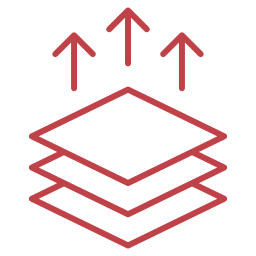
Innovation
Our commitment to staying updated with the latest Tekla advancements guarantees that you benefit from cutting-edge technology.

Seamless Integration
We seamlessly integrate Tekla BIM into your workflow, enhancing collaboration and efficiency.

Results-Driven
Count on us for consistent, high-quality results that meet your expectations and contribute to project success.
Our Project Managers are available with various communication abilities to suit your needs and preferences, Email, Phone, MS Teams, Skype.
Explore More Services
Strand Consulting Corporation provides reliable, innovative, and cost-effective shop drawing services and 3D BIM modeling for rebar, steel, and precast.

Strand Consulting Corporation is a Rebar Detailing, BIM modeling, 2D Detailing, Precast & Steel Detailing services company.
Follow Us
Our Services
Strand Consulting Corporation. All Rights Reserved.
